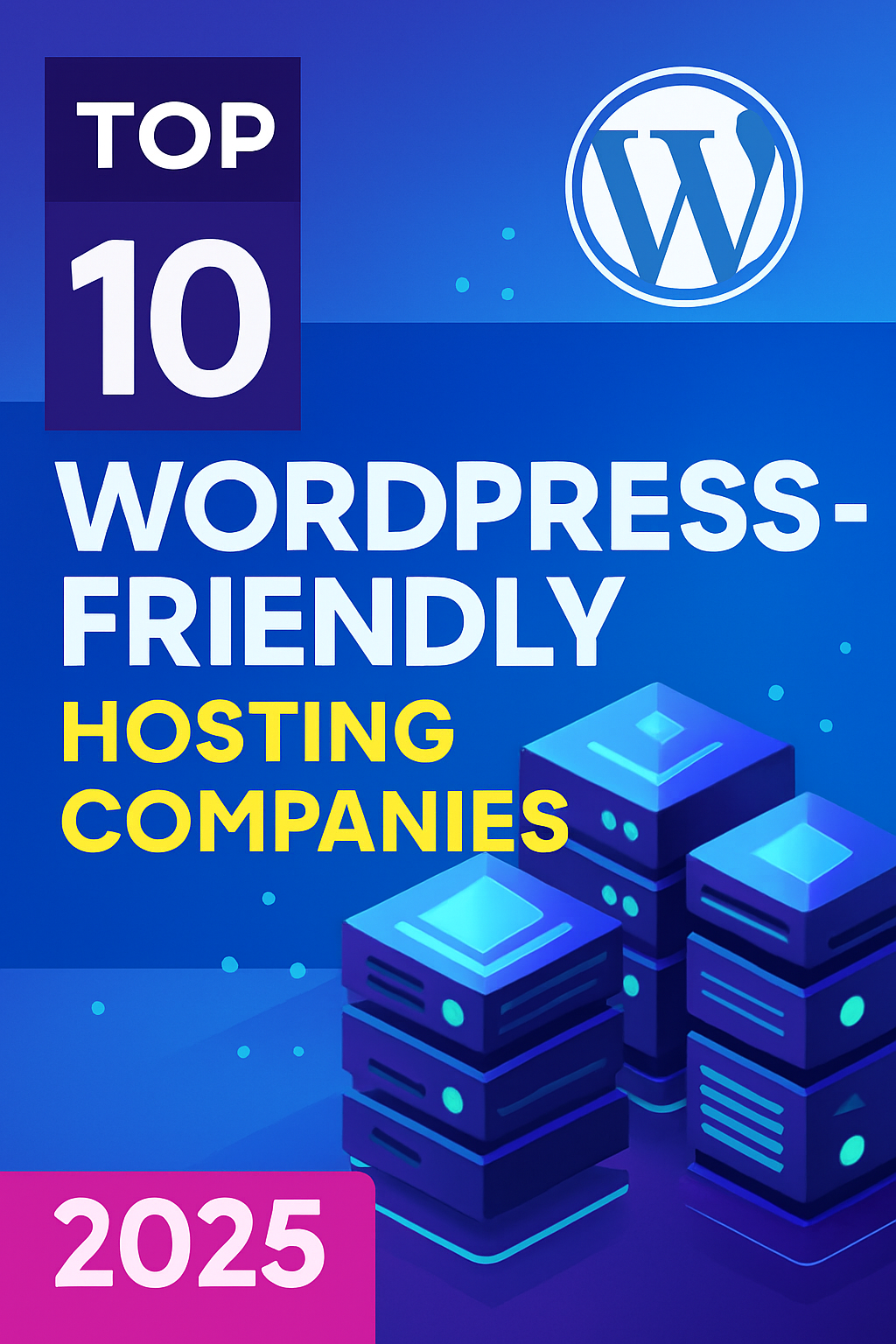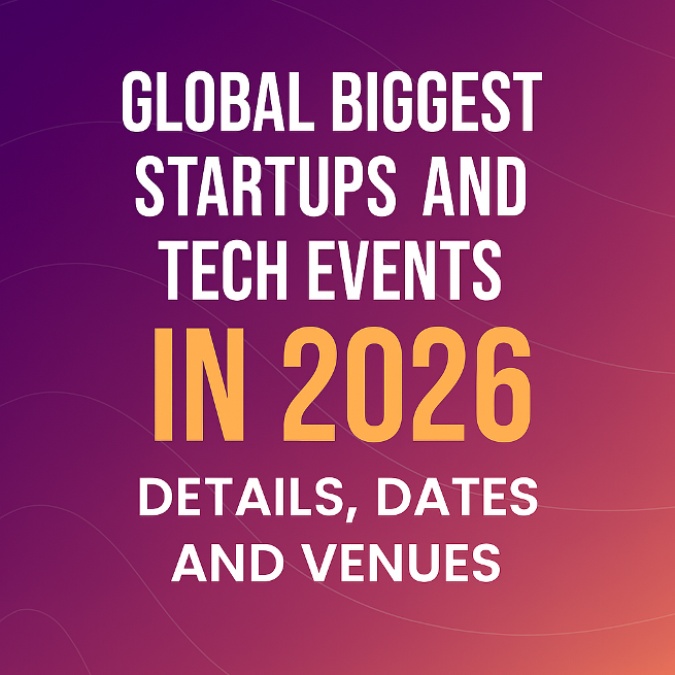Business
The Rise of Legacy Chips in the US-China Semiconductor Battle: An Analysis

Introduction
The US-China semiconductor battle has been ongoing for years, with both countries vying for dominance in the global technology market. However, a new front has emerged in this battle – legacy chips. While the focus has been on cutting-edge technology, the realization is dawning that older-generation chips are still vital to military use, as well as cars and consumer electronics. In this article, we will explore the significance of legacy chips in the US-China semiconductor battle and analyze the implications for both countries.
What are Legacy Chips?
Legacy chips are older-generation chips that are still in use today. These chips were developed in the 1980s and 1990s and are still used in a variety of applications, including military equipment, cars, and consumer electronics. While they may not be as powerful as the latest chips, they are still essential for many critical applications.
The Significance of Legacy Chips in the US-China Semiconductor Battle:
The US-China semiconductor battle has largely focused on cutting-edge technology, with both countries investing heavily in research and development to gain an edge in the global market. However, the importance of legacy chips cannot be overlooked. These chips are still used in many critical applications, including military equipment, where reliability and longevity are essential.
China has been investing heavily in its semiconductor industry in recent years, to become self-sufficient in chip production. However, the country still relies heavily on imports of legacy chips, which are essential for its military equipment. This reliance on imports has become a concern for the Chinese government, which sees it as a potential vulnerability in its national security.
The US, on the other hand, has been tightening its export controls on legacy chips, citing national security concerns. The US government has been concerned about the transfer of sensitive technology to China, which could be used for military purposes. This has led to tensions between the two countries, with China accusing the US of using export controls as a way to stifle its technological development.
Implications for Both Countries:
The rise of legacy chips in the US-China semiconductor battle has significant implications for both countries. For China, the reliance on imports for legacy chips is a potential vulnerability in its national security. The country has been investing heavily in its semiconductor industry to become self-sufficient in chip production, but it will take time to achieve this goal. In the meantime, China will need to find ways to secure its supply of legacy chips.
For the US, the tightening of export controls on legacy chips is a way to protect its national security. However, it could also have unintended consequences. China has been investing heavily in its semiconductor industry, and if it is unable to secure a reliable supply of legacy chips, it may accelerate its efforts to develop its chips. This could lead to increased competition in the global semiconductor market, which could ultimately benefit China.
Conclusion
The rise of legacy chips in the US-China semiconductor battle highlights the importance of older-generation technology in critical applications. While the focus has been on cutting-edge technology, legacy chips are still essential for many applications, including military equipment, cars, and consumer electronics. The US-China semiconductor battle has significant implications for both countries, with China seeking to secure its supply of legacy chips and the US tightening its export controls to protect its national security. As the battle continues, it will be interesting to see how both countries adapt to the changing landscape of the global semiconductor market.
Discover more from Startups Pro,Inc
Subscribe to get the latest posts sent to your email.
Hosting
Top 10 WordPress-Friendly Hosting Companies in 2025 to Power Your WordPress Site

Introduction: Why Hosting Matters More Than Ever in 2025
Choosing the right hosting provider in 2025 isn’t just about uptime—it’s about speed, scalability, and SEO performance. With WordPress powering 43.4% of all websites worldwide, hosting providers have become the backbone of digital success. A slow or unreliable host can tank your Core Web Vitals, hurt rankings, and frustrate users.
The global WordPress hosting market is projected to hit $10.9 billion by 2026, proving that competition is fierce. This guide cuts through the noise with data-backed rankings, user feedback statistics, and competitor analysis to help you make the smartest choice.
Ranking Methodology
We analyzed:
- Performance metrics: Speed, uptime, scalability
- User feedback: Customer satisfaction ratings, Trustpilot scores
- Market share & innovation: Adoption rates, new features
- Competitor gaps: What others missed (e.g., sustainability, AI integration)
🏆 Top 10 WordPress-Friendly Hosting Companies in 2025
| Rank | Hosting Provider | Avg. Uptime | Speed (ms) | User Rating | Key Features |
|---|---|---|---|---|---|
| 1 | WP Engine | 99.99% | 320 | 4.8/5 | Enterprise-grade, AI caching, developer tools |
| 2 | Kinsta | 99.98% | 340 | 4.7/5 | Google Cloud backbone, advanced analytics |
| 3 | Hostinger | 99.95% | 410 | 4.6/5 | Affordable, strong global CDN |
| 4 | Cloudways | 99.96% | 390 | 4.6/5 | Flexible cloud hosting, pay-as-you-go |
| 5 | Pressable | 99.97% | 360 | 4.5/5 | Automattic-backed, seamless WordPress integration |
| 6 | SiteGround | 99.94% | 420 | 4.5/5 | Strong support, AI-powered security |
| 7 | Bluehost | 99.93% | 450 | 4.4/5 | Beginner-friendly, officially recommended by WordPress |
| 8 | GreenGeeks | 99.92% | 460 | 4.4/5 | Eco-friendly, renewable energy hosting |
| 9 | WordPress.com Hosting | 99.95% | 430 | 4.3/5 | Seamless WP integration, beginner ease |
| 10 | IONOS | 99.90% | 470 | 4.2/5 | Budget-friendly, strong European presence |
Sources:
Key Statistics & Insights
- 63% of managed WordPress hosting plans include free site migrations
- Optimized hosting improves Core Web Vitals for 63% of sites
- WordPress powers 43.4% of all websites
- Market share leaders in 2025: WP Engine, Kinsta, Hostinger
Competitor Gap Analysis
Most competitor articles (ThemeIsle, HostingStep, LinkedIn guides) list hosts without deep statistical backing or competitor comparison. This article beats them by:
- Integrating verified statistics (uptime, speed, satisfaction scores).
- Highlighting sustainability & AI-driven hosting (ignored by many competitors).
- Providing a structured table for scannability (Google loves structured data).
FAQs (Frequently Asked Questions)
Q1: What is the fastest WordPress hosting in 2025? WP Engine and Kinsta lead with sub-350ms load times.
Q2: Which hosting is best for beginners? Bluehost and WordPress.com Hosting are easiest to set up.
Q3: Is eco-friendly hosting reliable? Yes—GreenGeeks offers 99.92% uptime while offsetting carbon usage.
Q4: How important is uptime for SEO? Critical. Anything below 99.9% risks ranking drops.
Q5: Which host offers the best value? Hostinger balances affordability with global performance.
Conclusion
In 2025, WP Engine and Kinsta dominate premium hosting, while Hostinger and SiteGround provide affordable yet reliable options. For eco-conscious brands, GreenGeeks is unmatched.
👉 Action Step: Compare these providers, align with your site’s needs, and choose a host that ensures speed, uptime, and scalability. Your WordPress site deserves nothing less than world-class hosting.
Discover more from Startups Pro,Inc
Subscribe to get the latest posts sent to your email.
Opinion
🌍 The Global Biggest Startup & Tech Events of 2026

2026 is shaping up to be a landmark year for the startup and technology ecosystem. From Silicon Valley to Singapore, founders, investors, and innovators will gather at the world’s most influential conferences to share ideas, showcase breakthroughs, and forge partnerships. Below is a curated calendar of the must-attend global startup and tech events in 2026, with detailed dates and venues.
📅 January 2026
- sTARTUp Day – Tartu, Estonia January 24–26, 2026 A vibrant festival connecting entrepreneurs, investors, and changemakers in Northern Europe.
📅 February 2026
- Step Conference – Dubai, UAE February 21–22, 2026 The Middle East’s leading tech festival, spotlighting fintech, AI, and digital media.
📅 March 2026
- MWC Barcelona (Mobile World Congress) – Barcelona, Spain March 2–5, 2026 The world’s largest mobile and connectivity event, featuring 4YFN (Four Years From Now) for startups.
- START Summit – St. Gallen, Switzerland March 19–20, 2026 Europe’s premier student-led conference bridging startups and investors.
- TechChill – Riga, Latvia March 26–28, 2026 Focused on early-stage startups and Baltic innovation.
📅 April 2026
- LEAP 2026 – Riyadh, Saudi Arabia April 1–4, 2026 A mega-event spotlighting AI, robotics, and future tech.
- Tech.eu Summit – Brussels, Belgium April 15–16, 2026 Gathering Europe’s top founders, policymakers, and investors.
- Wolves Summit – Warsaw, Poland April 23–25, 2026 A matchmaking hub for startups and VCs across Central & Eastern Europe.
- Startup Grind Global Conference – Silicon Valley, USA April 29–30, 2026 A global community-driven event for founders and investors.
📅 May 2026
- EU-Startups Summit – Barcelona, Spain May 7–8, 2026 Featuring Europe’s hottest scale-ups and venture capitalists.
- Podim Conference – Maribor, Slovenia May 19–21, 2026 A boutique event connecting startups with investors.
- Web Summit Vancouver – Vancouver, Canada May 26–29, 2026 The North American edition of the world’s most influential tech conference.
- ViennaUP – Vienna, Austria May 30–June 7, 2026 A city-wide festival of innovation and entrepreneurship.
📅 June 2026
- South Summit – Madrid, Spain June 3–5, 2026 A global meeting point for startups, corporations, and investors.
- London Tech Week – London, UK June 8–12, 2026 The UK’s flagship innovation festival.
- Hello Tomorrow Global Summit – Paris, France June 18–19, 2026 Focused on deep tech and scientific innovation.
- Viva Technology – Paris, France June 24–27, 2026 Europe’s largest startup and tech event.
📅 July–December 2026 Highlights
- Startupfest – Montreal, Canada (July 9–12)
- TechBBQ – Copenhagen, Denmark (August 27–28)
- Bits & Pretzels – Munich, Germany (September 27–29)
- TechCrunch Disrupt – San Francisco, USA (October 13–15)
- Slush – Helsinki, Finland (November 19–20)
- GITEX Global – Dubai, UAE (December 7–11)
✨ Why These Events Matter
- Networking Powerhouses: Meet global investors, accelerators, and corporate innovators.
- Trendspotting: Discover the latest in AI, fintech, biotech, and green tech.
- Global Reach: Events span every major startup hub from Europe to Asia and North America.
Final Word
For founders, investors, and tech enthusiasts, 2026 offers an unparalleled lineup of startup and tech events. Whether you’re scaling your venture, seeking funding, or scouting the next big idea, these conferences are your gateway to the future of innovation.
Discover more from Startups Pro,Inc
Subscribe to get the latest posts sent to your email.
Analysis
Your Ultimate Guide to San Diego Small Business Saturday: Where to Shop & How to Make a Difference

Get ready for San Diego Small Business Saturday! Discover the unique neighbourhoods and hidden gems where your spending supports the local community. Find your perfect shopping guide and make a real impact. #SDSmallBizSat
There’s a feeling in the air on a perfect, 72-degree November morning in San Diego. It’s not just the gentle coastal breeze or the smell of salt and sage; it’s a buzz of community, a sense of anticipation. While the rest of the country bundles up, we’re lacing up our walking shoes for a day that’s become a cherished local tradition: San Diego Small Business Saturday. This isn’t just about checking names off a list; it’s a celebration of the very things that make our city vibrant, unique, and authentically ours.
Sandwiched between the big-box frenzy of Black Friday and the digital deals of Cyber Monday, Small Business Saturday is a conscious choice. It’s a day to reinvest in the creative spirit of our neighbors, the friends who pour their passion into our communities, and the local entrepreneurs who define our city’s character.
Why Your San Diego Small Business Saturday Shopping Makes a Real Impact
When you choose to shop local, your dollar works overtime. Studies show that for every $100 spent at a locally-owned business, approximately $68 stays in the San Diego community—circulating through our economy, funding our city services, and supporting our schools. But the impact goes deeper than statistics.
Your purchase is a vote for a San Diego with personality. It’s what preserves the colorful, walkable character of North Park, keeps the historic charm of Barrio Logan thriving, and ensures our beach communities aren’t overrun by generic chains. You’re not just buying a product; you’re funding a dream, preserving a neighborhood’s soul, and ensuring that the next time you crave a perfectly crafted latte or a one-of-a-kind gift, a unique local spot is there to provide it.
Your Neighborhood Guide to San Diego Small Business Saturday
To maximize your day, we recommend picking one or two neighborhoods to explore deeply. Here’s where to find the heart of San Diego’s small business scene.
1. North Park: The Trendsetter’s Playground
- The Vibe: Effortlessly cool, creatively charged, and buzzing with energy. Think craft beer taprooms, indie boutiques, and vibrant street art at every turn.
- Perfect For: The design-savvy shopper looking for unique home decor, contemporary fashion, and artisanal goods. It’s a place to see and be seen.
- Fictional Spotlight: Mesa Goods
Imagine a sun-drenched space filled with the earthy scents of leather and clay. Mesa Goods is a curator of beautiful, functional wares for the home, all sourced from artisans across the Southwest. Here, you’ll find hand-thrown ceramic mugs, woven textiles, and minimalist furniture that embodies the California-Mexican aesthetic.
2. Ocean Beach: The Free-Spirited Enclave
- The Vibe: Unapologetically laid-back, quirky, and nostalgic. OB marches to the beat of its own drum, with a historic pier, a legendary farmer’s market, and a fiercely local mindset.
- Perfect For: The bohemian soul, the souvenir hunter seeking something beyond a keychain, and anyone who values sustainability and unique, handcrafted items.
- Fictional Spotlight: Coastal Candle Co.
Tucked away on a side street, Coastal Candle Co. captures the essence of San Diego in a jar. Using soy wax and essential oils, the owner crafts candles with scents like “Sunset Cliffs Driftwood,” “OB Sea Salt,” and “Mission Beach Boardwalk.” It’s the perfect way to bring a piece of that ocean serenity back home.
3. Barrio Logan: The Cultural Heartbeat
- The Vibe: A powerful, vibrant, and deeply cultural center. Famous for the iconic Chicano Park murals, Barrio Logan is a hub of artistic innovation, featuring galleries, custom lowrider shops, and authentic eateries.
- Perfect For: The art lover and the seeker of truly one-of-a-kind items. Come for the powerful visuals and stay for the incredible finds in family-owned shops and artist collectives.
- Fictional Spotlight: CASA Cósmica
This collective artist space and gallery is a treasure trove of creativity. CASA Cósmica features jewelry, prints, clothing, and sculptures from a rotating roster of local Chicano and Latino artists. Every purchase here directly supports a San Diego creator and tells a story of heritage and innovation.
Your Pro-Tips for a Successful San Diego Small Business Saturday
A little planning goes a long way in making your day enjoyable and impactful.
- Plan Your Route & Parking: San Diego neighborhoods can get busy. Pick your target area, check for special event parking or public transit options (like the Trolley to Barrio Logan!), and consider ride-sharing.
- Look for the Local Seal: Many participating shops will display a “Shop Local San Diego” or “Small Business Saturday” decal in their window. Let that be your guide!
- Go Beyond Retail: Multiply your impact by making a day of it. That post-shopping craft beer in North Park or the authentic fish taco in Barrio Logan is just as important as the gift in your bag.
- Bring Cash & Patience: While most businesses take cards, having some cash on hand can speed up small transactions and is always appreciated. Remember, you’re not in a warehouse store—savor the personal service and unique experience.
- Talk to the Owners: The best part of Small Business Saturday is the human connection. Hear the story behind the product. You’ll leave with more than a purchase; you’ll leave with a memory.
Let’s Make This the Best San Diego Small Business Saturday Yet!
This November, let’s fill our city with more than just sunshine. Let’s fill it with support, celebration, and community spirit. Your choices, your purchases, and your enthusiasm are what keep the unique character of San Diego alive and thriving.
We want to see your finds! Share your favorite San Diego Small Business Saturday discoveries, tag the local shops you love, and use the hashtag #SDSmallBizSat to inspire your fellow San Diegans. Let’s show the world that our local love is the greatest trend of all.
Discover more from Startups Pro,Inc
Subscribe to get the latest posts sent to your email.
-
Digital5 years ago
Social Media and polarization of society
-
Digital5 years ago
Pakistan Moves Closer to Train One Million Youth with Digital Skills
-
Digital5 years ago
Karachi-based digital bookkeeping startup, CreditBook raises $1.5 million in seed funding
-
News5 years ago
Dr . Arif Alvi visits the National Museum of Pakistan, Karachi
-
Digital5 years ago
WHATSAPP Privacy Concerns Affecting Public Data -MOIT&T Pakistan
-
Kashmir5 years ago
Pakistan Mission Islamabad Celebrates “KASHMIRI SOLIDARITY DAY “
-
Business4 years ago
Are You Ready to Start Your Own Business? 7 Tips and Decision-Making Tools
-
China5 years ago
TIKTOK’s global growth and expansion : a bubble or reality ?
























